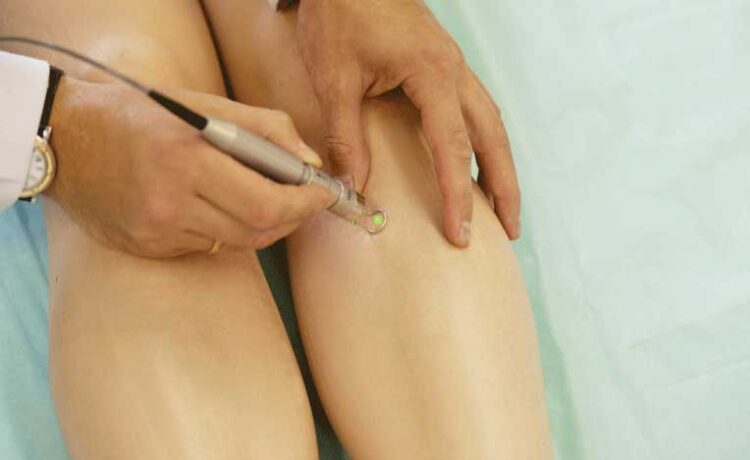Clarivein is a minimally invasive, less painful procedure in which the doctor will operate the vein by heating it from inside. Clarivein combines two procedures by mechanical destruction and other by the sclerosing agent.
This procedure requires a small opening so the surgeon can insert a catheter inside the vein. The process is quick, and the patient can return to their everyday life. Clarivein is believed to reduce the symptoms of venous insufficiency. In this blog, we will walk through the details about the process, perks, side effects, and more so that you can consult a Vein doctor in South Carolina for the next step!
Procedure
The procedure takes place by treating the vein from inside by passing a catheter with a rotating fiber. Once the catheter reaches the damaged vein, the rotating fiber begins to centrifuge and carefully remove the lining of the damaged vein and inject a solution to treat the cause.
While rotating the catheter, the patient feels a slight sensation near the affected area but does not feel any severe pain; there is little chance of scarring.
In contrast to sclerotherapy which uses a single method of closing a damaged vein, clarivein uses two modes to close the damaged vein.
Is clarivein safe or not?
Yes, the clarivein is found to be an effective, relatively painless method. It is found that less than five percent of patients require a second treatment, and the average score for the pain is less than 1%. Every person has different tolerance towards the pain, and their treatment experience varies.
Advantages
- No risk of scars.
- Recovery is shorter, and the patient can return to their everyday life immediately.
- Decrease the chances of damage to the neighboring tissue.
- There will be no need for local Anaesthesia.
Things you need to know before clarivein:
- The patients are advised not to shave their legs before the clarivein treatment.
- Wear loose clothing at the time of the procedure.
- The patient need not apply any lotion on the legs before the treatment.
Side effects:
- Mild discomfort
Some patients experience mild discomfort, which explains the doctor how much the vein is damaged
- Tenderness
Patients experience the tendering of the vein because the treatment is doing work to close the diseased vein.
- Discoloration
The patient will observe darker spots around the treated area.
- Appearance
Parents observe a spider vein forming beneath the skin because, during the procedure, the blood flow gets rerouted to another healthier vein.
In modern times the clarivein is less time-consuming and less invasive, a less painful method that provides us more advantages than another ablation method.













